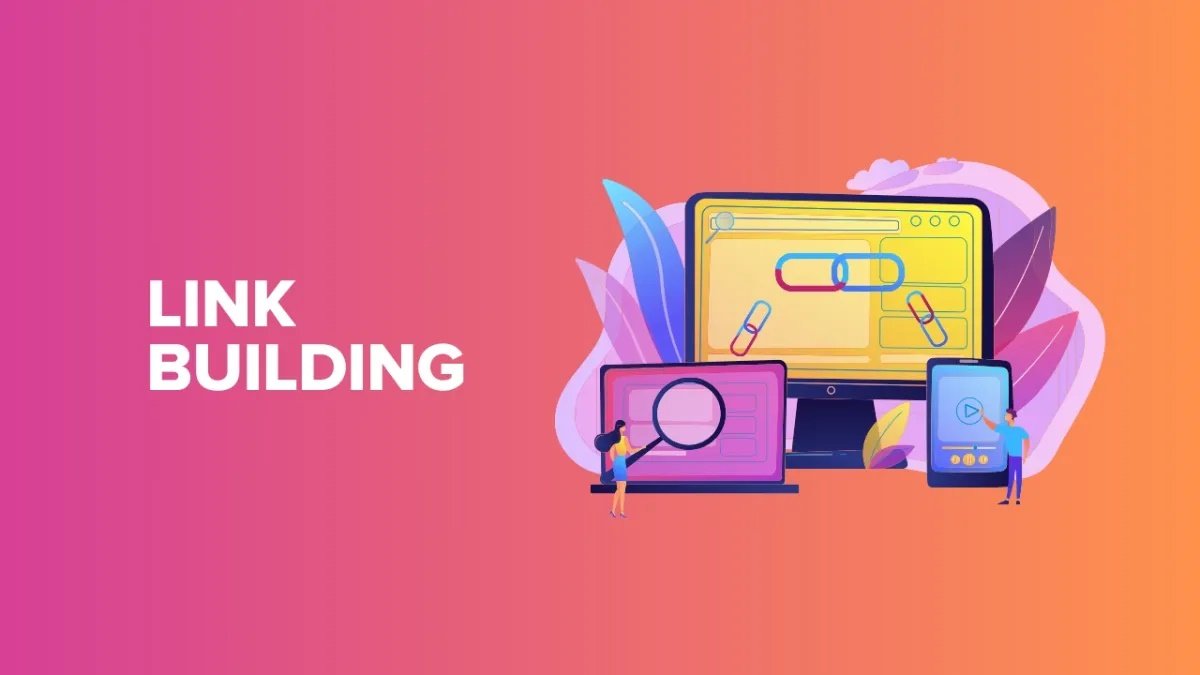It is a term gaining attention in discussions around gender identity, stands for “Female to Male Crossdressing.” This article delves into what FTMÇ means, its distinctions from other gender identities, and the experiences and challenges faced by individuals within this community.
What Does FTMÇ Stand For?
It stands for “Female to Male Crossdressing.” This term refers to individuals assigned female at birth (AFAB) who crossdress in male clothing as a form of gender expression. Unlike transgender men, ftmç individuals might not necessarily identify as male but use crossdressing to explore or express their gender identity.
The Concept of Crossdressing and Gender Identity
Crossdressing involves wearing clothes typically associated with the opposite gender. It’s a practice that can be driven by various reasons, including personal comfort, expression, or exploration of gender. Gender identity, on the other hand, is a deeply held sense of being male, female, or something else, and may or may not align with one’s sex assigned at birth.
The Diversity of Experiences Within the FTMÇ Community
The It community encompasses a wide range of experiences and identities. Some may engage in crossdressing occasionally, while others may adopt it as a more permanent aspect of their identity. The motivations and experiences of FTMÇ individuals can vary greatly, reflecting a broad spectrum of gender expression and identity.
Understanding FTMÇ Identity
To understand FTMÇ identity fully, it is crucial to differentiate it from other gender identities and explore the various facets of gender expression.
The Difference Between FTMÇ and Transgender Men
It and transgender men are distinct in their experiences and identities. Transgender men are individuals who were assigned female at birth but identify as male and often pursue medical transition options such as hormone therapy or surgery. In contrast, FTMÇ individuals might not pursue a medical transition but use crossdressing as a means of self-expression or exploration.
The Spectrum of Gender Expression
Gender expression is the external presentation of one’s gender identity, encompassing clothing, behavior, and other outward signs. It individuals often navigate a spectrum of gender expression, experimenting with and combining different elements to reflect their personal identity.
The Challenges and Rewards of Being FTMÇ
Being It comes with its own set of challenges and rewards. While crossdressing can be a liberating form of self-expression, it may also involve navigating societal expectations and personal dilemmas related to gender identity.
The FTMÇ Experience
Navigating the FTMÇ experience involves addressing both personal and societal aspects of gender expression. This section explores the journey of coming out, dealing with societal expectations, and confronting discrimination.
Coming Out as FTMÇ
Coming out as It can be a significant and personal experience. It involves revealing one’s crossdressing practices or gender expression to friends, family, and society, which can be met with varying levels of acceptance and support.
Navigating Societal Expectations and Stereotypes
It individuals often face societal expectations and stereotypes related to gender roles and identity. Overcoming these stereotypes requires challenging conventional norms and advocating for broader understanding and acceptance.
Dealing with Discrimination and Prejudice
Discrimination and prejudice can be significant issues for It individuals. This can include negative social attitudes, lack of understanding, or outright hostility. Addressing these challenges involves seeking supportive environments and advocating for equal rights and recognition.
FTMÇ Fashion and Style
Fashion and style play a crucial role in the FTMÇ experience. This section explores how FTMÇ individuals use clothing and accessories to express their gender identity.
Clothing Choices and Preferences
It individuals often choose clothing that aligns with their gender expression. This can include traditional male clothing or styles that provide comfort and confidence. Clothing choices are deeply personal and vary widely within the FTMÇ community.
Accessories and Grooming Habits
Accessories and grooming are important aspects of self-expression. It individuals may adopt specific grooming habits or accessories to enhance their masculine presentation or personal style.
The Importance of Self-Expression Through Style
Self-expression through style is a vital component of the FTMÇ experience. Clothing and grooming not only reflect one’s gender identity but also contribute to personal confidence and societal perception.
Medical Transition and FTMÇ
While many FTMÇ individuals may not pursue medical transition, some may consider it as part of their journey. This section addresses the various aspects of medical transition related to FTMÇ.
The Decision to Undergo Medical Transition
The decision to undergo medical transition is deeply personal and can vary among FTMÇ individuals. Factors influencing this decision include personal comfort, societal pressures, and individual identity needs.
Hormonal Therapy and Surgical Options
For those considering medical transition, hormonal therapy and surgical options are potential pathways. These treatments can help align physical appearance with gender identity but come with their own set of considerations and challenges.
The Challenges and Benefits of Medical Transition
Medical transition can offer significant benefits, such as improved alignment between one’s physical appearance and gender identity. However, it also presents challenges, including medical risks, financial costs, and societal attitudes.
The FTMÇ Community
Community support is crucial for FTMÇ individuals. This section explores both online and offline support systems, as well as the role of social media.
Online and Offline Support Groups
Support groups provide valuable resources and a sense of community for FTMÇ individuals. These groups offer emotional support, practical advice, and a space to share experiences and challenges.
Social Media and Online Forums
Social media and online forums are vital platforms for connecting with other FTMÇ individuals. They offer a space for sharing information, seeking advice, and building supportive networks.
Building Connections with Other FTMÇ Individuals
Building connections within the FTMÇ community can provide a sense of belonging and mutual support. Engaging with others who share similar experiences can foster understanding and solidarity.
FTMÇ in Turkish Culture and Society
The cultural context of FTMÇ in Turkey adds an additional layer of complexity. This section examines how FTMÇ individuals are perceived and treated in Turkish society.
The Cultural Context of FTMÇ in Turkey
In Turkey, traditional gender norms and cultural attitudes can impact the experiences of FTMÇ individuals. Understanding these cultural factors is essential for appreciating the unique challenges faced in this context.
Legal and Social Challenges Faced by FTMÇ Individuals
FTMÇ individuals in Turkey may encounter legal and social challenges, including limited recognition of gender diversity and social stigma. Addressing these challenges requires advocacy and legal reform.
The Progress and Advancements in LGBTQ+ Rights in Turkey
Despite challenges, there have been advancements in LGBTQ+ rights in Turkey. Efforts towards greater inclusion and acceptance continue to evolve, offering hope for improved conditions for FTMÇ individuals.
The Future of FTMÇ
The future of FTMÇ involves ongoing changes in gender identity and expression. This section explores emerging trends and the role of activism in shaping a more inclusive society.
The Evolving Landscape of Gender Identity and Expression
Gender identity and expression are constantly evolving. As societal understanding progresses, FTMÇ individuals may experience increased recognition and acceptance.
The Role of Activism and Advocacy
Activism and advocacy play a crucial role in advancing the rights and visibility of FTMÇ individuals. Continued efforts are necessary to challenge stereotypes, advocate for legal changes, and promote acceptance.
The Hope for a More Inclusive and Accepting Society
The hope for a more inclusive and accepting society drives ongoing efforts for equality. By fostering understanding and embracing diversity, society can create a more supportive environment for all individuals, including those who identify as FTMÇ.
You May Also Like: How jaart011 is Shaping the Future of Technology
Conclusion
FTMÇ, or Female to Male Crossdressing, is a complex and multifaceted concept within the broader discussions of gender identity and expression. Understanding the diverse experiences and challenges faced by FTMÇ individuals provides valuable insights into the broader spectrum of gender diversity. As society continues to evolve, greater acceptance and support for FTMÇ individuals will contribute to a more inclusive and understanding world.
FAQs
What does FTMÇ stand for?
FTMÇ stands for Female to Male Crossdressing, referring to individuals who were assigned female at birth but crossdress in male clothing.
How does FTMÇ differ from being a transgender man?
FTMÇ involves crossdressing rather than identifying as male and pursuing medical transition. Transgender men are those who identify as male and may pursue medical transition options.
What challenges do FTMÇ individuals face?
FTMÇ individuals may face societal expectations, discrimination, and prejudice related to their gender expression. Navigating these challenges involves seeking support and advocating for acceptance.
How important is fashion and style for FTMÇ individuals?
Fashion and style are crucial for FTMÇ individuals as they use clothing and grooming to express their gender identity and personal style.
What is the cultural context of FTMÇ in Turkey?
In Turkey, FTMÇ individuals may face traditional gender norms and cultural attitudes that impact their experiences. Advocacy and legal reform are important for addressing these challenges.











